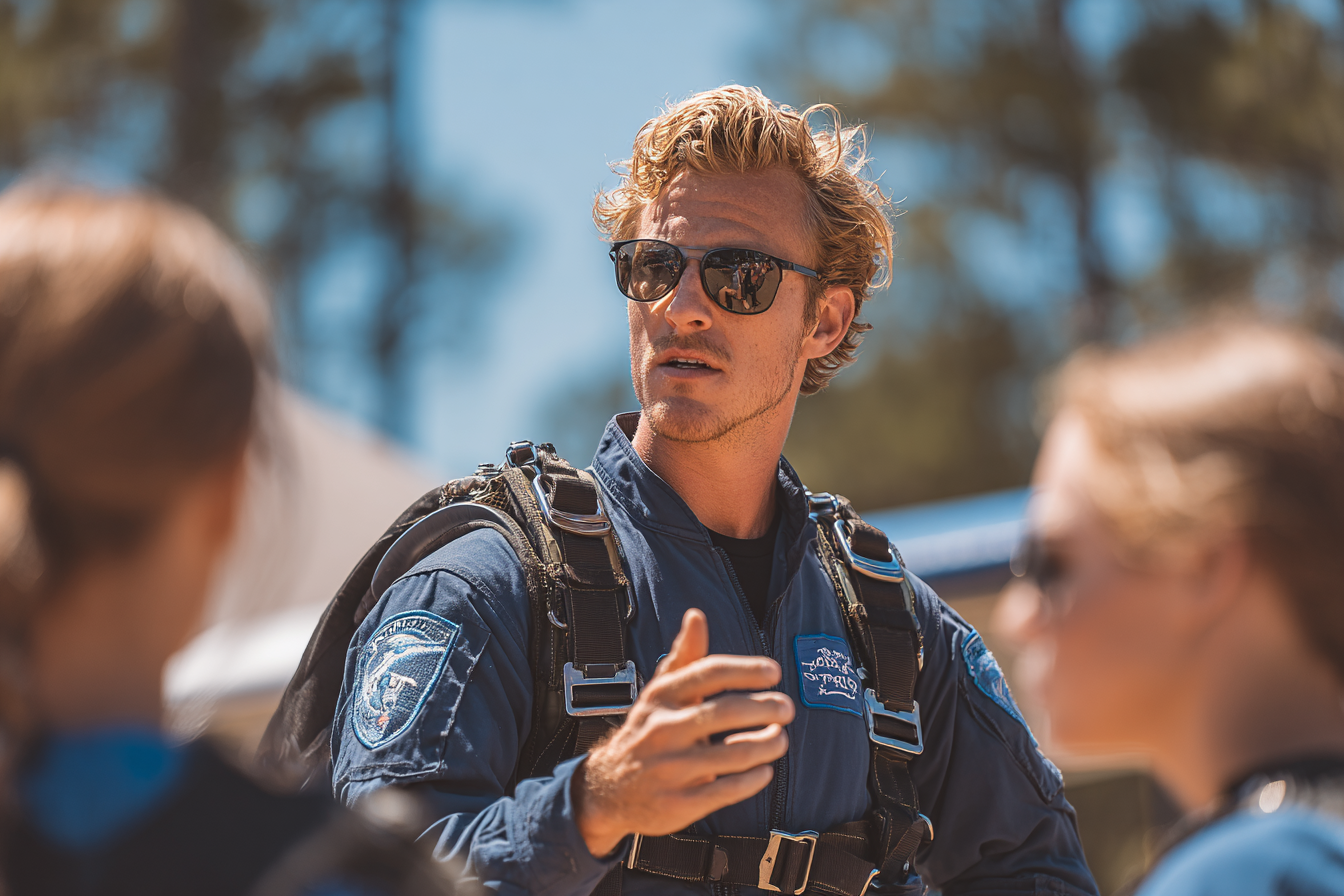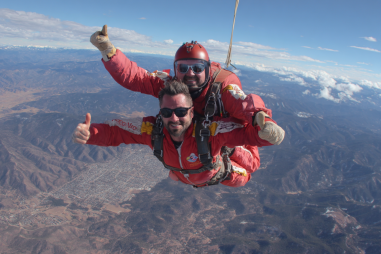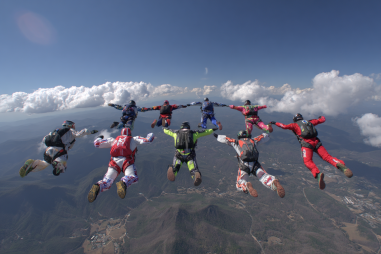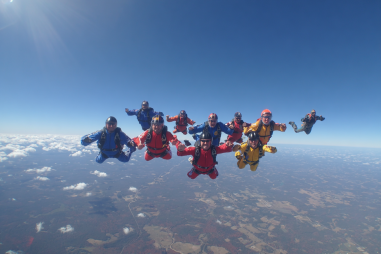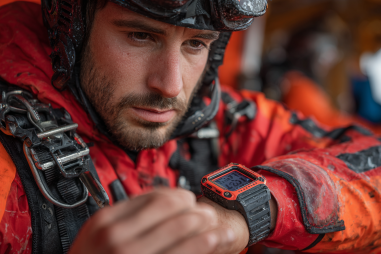Becoming a skydiving instructor opens up a thrilling career path that combines the exhilaration of freefall with the rewarding experience of teaching others to take to the skies safely. For those passionate about skydiving and eager to share their skills, obtaining certification is the essential next step. This process requires dedication, rigorous training, and a solid understanding of both the technical and safety aspects of the sport. Whether you’re considering making skydiving instruction a full-time job or a passionate pastime, this guide will walk you through the key steps and requirements to become a certified skydiving instructor.
The Role of a Skydiving Instructor
Skydiving instructors play a crucial role in the sport, serving as both mentors and safety guardians for novice jumpers. Their primary responsibility is to teach students the skills needed to enjoy skydiving safely, from basic body positioning to emergency procedures. Instructors lead tandem jumps, where they are harnessed directly to students during the descent, as well as progressive training that gradually builds a student’s experience and confidence.
Beyond teaching, skydiving instructors must also maintain high safety standards, conduct equipment checks, and continuously evaluate weather conditions. Their expertise directly impacts the safety and enjoyment of every jump, making their role both challenging and highly respected within the skydiving community.
Prerequisites for Instructor Certification
Before embarking on the instructor certification process, candidates need to meet several prerequisites that ensure they have adequate experience and foundational skills. Most national skydiving associations require the following:
- Minimum Number of Jumps: Typically, candidates must have completed at least 500 skydives. This ensures they possess substantial practical experience and exposure to different jump scenarios.
- Age Requirement: A minimum age of 18 or 21 years, depending on the association or country regulations.
- Advanced Licenses: Possession of an advanced skydiving license, such as a D license under the United States Parachute Association (USPA) or an equivalent from your national governing body, shows proof of skill readiness.
- Health and Fitness: A recent medical examination confirming good physical and mental health is often required to ensure you can handle the physical demands of both jumping and teaching.
- Knowledge of Equipment: Familiarity with different parachute systems and emergency gear is vital since instructors often help pack and maintain equipment.
Training Courses and Mentorship
The path to certification involves completing specialized training courses designed specifically for future instructors. These courses are offered by reputable skydiving schools or national associations and combine classroom instruction with practical experience.
During the course, candidates learn advanced teaching methodologies, risk management, emergency response, and how to effectively communicate complex concepts. Many programs include:
- Understanding the psychology of students and building confidence.
- Detailed technical instruction on jump procedures.
- Supervised teaching sessions where trainees lead student jumps under observation.
- First aid and emergency medical training specific to skydiving accidents.
A critical element in obtaining certification is mentorship. Working alongside an experienced instructor provides hands-on learning and invaluable real-world insights. Mentors guide candidates through the nuances of managing student jumps, offering feedback to refine teaching techniques.
Teaching Skills and Safety Responsibilities
While technical skydiving skills are fundamental, becoming an exceptional instructor requires strong teaching abilities. You’ll need to adapt your instruction for a diverse range of learners, from nervous beginners to those pursuing advanced techniques. Clear communication, patience, and the ability to inspire confidence are essential traits.
Safety is the cornerstone of every instruction session. Instructors are responsible for ensuring:
- Proper preparation and briefing for every jump.
- Rigorous equipment inspections and proper gear fitting.
- Strict adherence to weather and altitude safety standards.
- Having emergency plans in place and being ready to act swiftly if needed.
Skilled instructors also teach students to self-assess risks and develop solid judgment to become independent and responsible skydivers.
Certification Processes through Governments and Associations
Certification requirements vary by country, but most skydiving instructors are certified through national skydiving associations or governing bodies recognized by the government.
For example, in the United States, the United States Parachute Association (USPA) oversees instructor certification. The process generally includes:
- Submission of jump logs demonstrating required experience.
- Successful completion of an instructor training program.
- Passing written exams and practical evaluations.
- Paying applicable certification fees.
Many countries have similar structures through their national parachuting associations, which set the curriculum, standards, and licensing frameworks in alignment with international safety norms. It’s important to check with your country’s specific governing body to understand the exact steps and maintain compliance with legal regulations.
Maintaining Instructor Credentials
Once certified, maintaining your instructor credentials involves ongoing education and adherence to regulations. This typically means:
- Jumping a minimum number of times annually to maintain currency and proficiency.
- Participating in refresher courses or continuing education workshops.
- Remaining up-to-date with changes in safety standards, equipment technology, and teaching methods.
- Renewing certification within specified timeframes.
Regular involvement in the skydiving community and continuing mentorship can also help instructors stay sharp and connected to the evolving landscape of the sport.
Career Opportunities and Advancement
Becoming a certified skydiving instructor opens doors to various career opportunities within the industry. Many instructors begin working at drop zones where they teach beginners and conduct tandem jumps. With experience, instructors can progress to advanced coaching roles, specializing in disciplines like formation skydiving, accuracy landing, or canopy piloting.
Instructors may also move into management roles within skydiving schools or drop zones, contribute to safety training programs, or become examiners who certify new instructors. Beyond the jump zone, some experienced instructors leverage their skills into careers in aerial photography, content creation, or even consultative roles in aviation safety.
The profession offers flexibility as well; some instructors work seasonally or worldwide, participating in skydiving festivals, competitions, and events, merging work with travel and community engagement.
Inspiring the Next Generation of Skydivers
At its heart, being a skydiving instructor is about passion—passion for the sport and for teaching others to experience the thrill of flight safely. Instructors play a pivotal role in shaping the culture and community of skydiving, encouraging responsible participation and nurturing new talent.
If you’re considering this path, remember that every lesson you teach and every safe jump you guide contributes to an enduring legacy of adventure, trust, and camaraderie in the skydiving world. With the right training, dedication, and mindset, you’ll be not just an instructor but also a mentor, leader, and inspiration to countless future jumpers.

